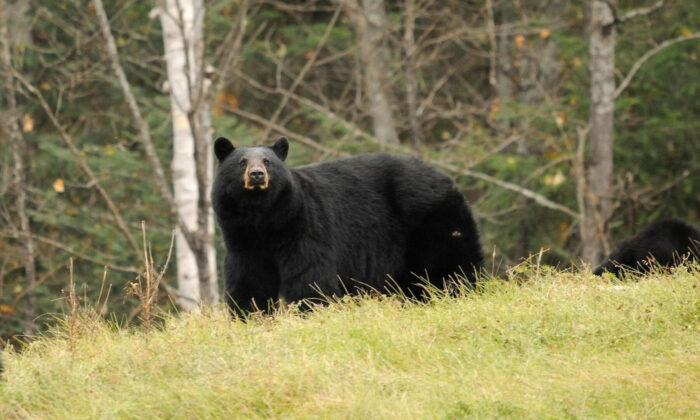Next segment of black bear firearms season will run concurrently with buck firearms season
SOUTH CHARLESTON, W.Va. – The West Virginia Division of Natural Resources today reminded hunters that there will be a concurrent bear season in all or parts of 42 counties open to buck firearms hunting from Nov. 25 to Dec. 8.
“This concurrent season not only provides a unique opportunity for hunters to harvest multiple big game species on the same day, but also supports wildlife management efforts by helping control bear populations in West Virginia,” said WVDNR Director Brett McMillion.
Hunters are encouraged to scout immediately prior to the season to find the most recent feeding activity. According to the WVDNR’s Hunting Outlook and Mast Survey, harvests for the black bear firearms seasons should be slightly higher than last year due to an increase in oak mast, which should prolong bears entering dens into December.
The concurrent bear season is without dogs, and hunting is legal on both designated public lands and private property. Hunters are reminded to purchase their hunting license and bear damage stamp at WVhunt.com before the season starts. All youth and adult hunters are required to check their game on their own account and must wear at least 400 square inches of blaze orange when hunting in a county or area with an open deer firearms season.
Additional Bear Hunting Opportunities
Bear hunting opportunities continue after the buck firearms season from Dec. 9-31. Check pages 40-41 of the Hunting and Trapping Regulations to find out which counties permit bear hunting with and without dogs during this time.
Successful hunters are required to submit a first premolar tooth from each harvested bear. Hunters who harvest a female black bear are encouraged to save the reproductive tract or all the entrails. Reproductive tracts and entrails should be kept cool or frozen. Hunters should contact their nearest district office or Elkins Operations Center to arrange a drop-off. The WVDNR will offer hunters who submit a complete reproductive tract a $20 gift card as thanks for their efforts.
Data obtained from tooth samples and reproductive tracts are used for black bear population monitoring. Information on how to collect and submit a black bear’s first premolar tooth and reproductive tract can be found on pages 39–40 in the West Virginia Hunting and Trapping Regulations Summary, available to download at WVdnr.gov/hunting-reg
